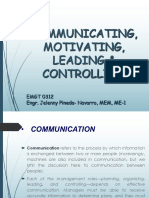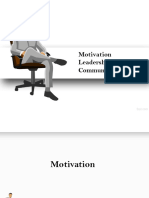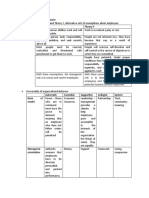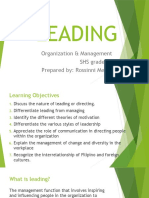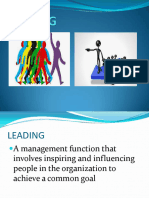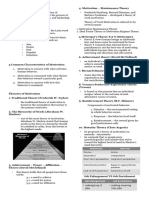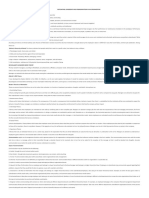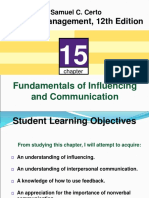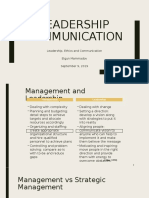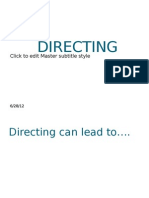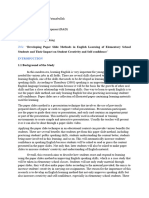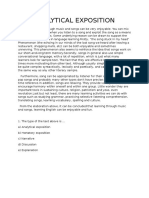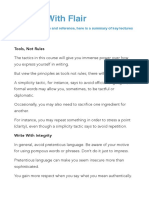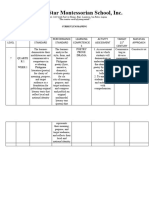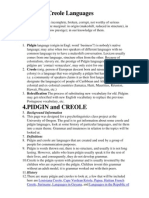0% found this document useful (0 votes)
6 views2 pagesChapter8 Chapter9 Notes
Chapters 8 and 9 focus on understanding individual behavior and managing communication within organizations. Key concepts include the influence of personality traits on work behavior, the importance of perception and attribution in workplace interactions, and effective communication strategies to enhance managerial effectiveness. Additionally, the chapters address barriers to communication and the impact of technology on communication practices in the modern workplace.
Uploaded by
mayzinwin576Copyright
© © All Rights Reserved
We take content rights seriously. If you suspect this is your content, claim it here.
Available Formats
Download as DOCX, PDF, TXT or read online on Scribd
0% found this document useful (0 votes)
6 views2 pagesChapter8 Chapter9 Notes
Chapters 8 and 9 focus on understanding individual behavior and managing communication within organizations. Key concepts include the influence of personality traits on work behavior, the importance of perception and attribution in workplace interactions, and effective communication strategies to enhance managerial effectiveness. Additionally, the chapters address barriers to communication and the impact of technology on communication practices in the modern workplace.
Uploaded by
mayzinwin576Copyright
© © All Rights Reserved
We take content rights seriously. If you suspect this is your content, claim it here.
Available Formats
Download as DOCX, PDF, TXT or read online on Scribd
/ 2


